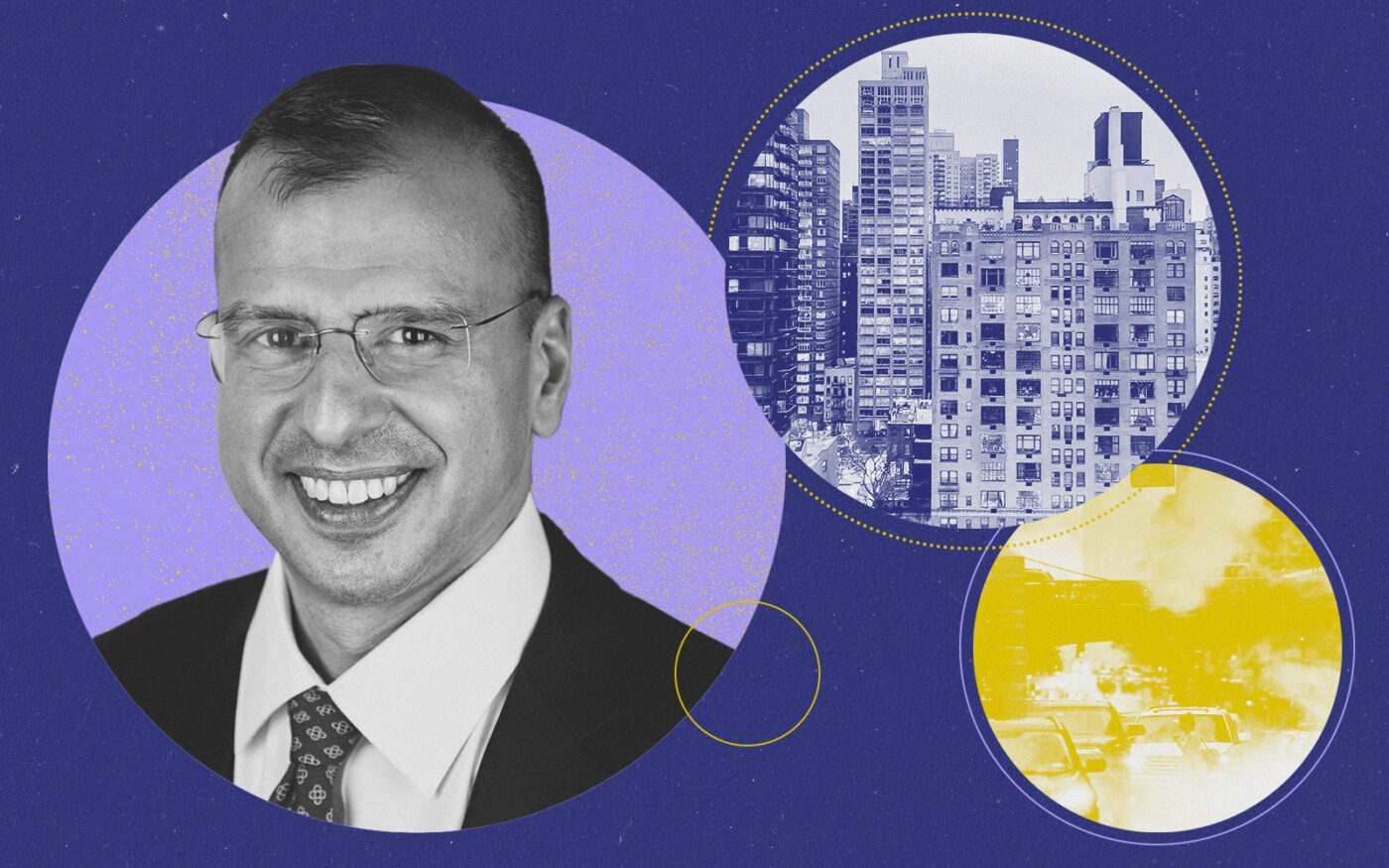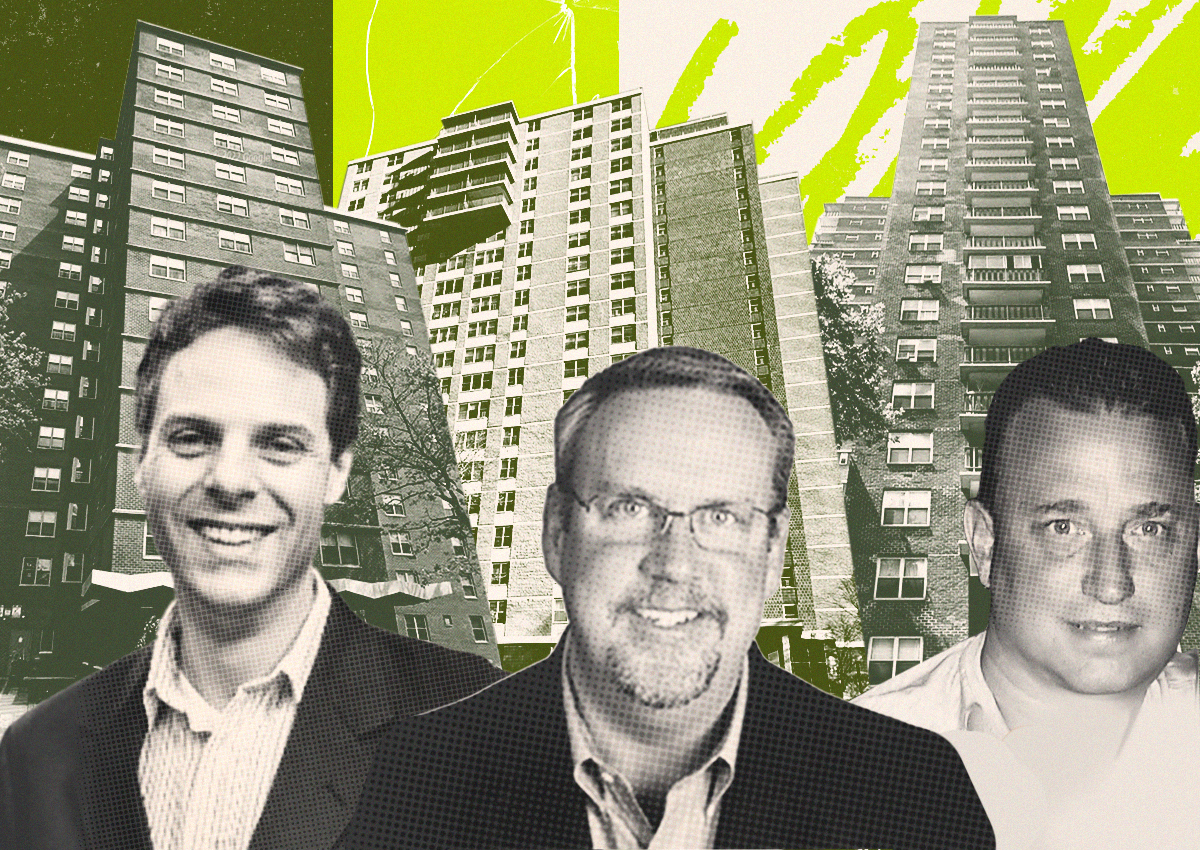
Trending
City throws bone to owners behind on Local Law 97
Landlords could reduce fines with “good faith effort” to comply

As New York landlords scramble to make energy retrofits and avoid fines from Local Law 97, the city is extending a bit of leeway.
Owners who fail to meet the 2024 caps on carbon emissions could get two more years to comply and lower penalties in the interim if they make a “good faith effort” to abide by the law.
To qualify, owners must file a long-term decarbonization plan when they submit an annual compliance report detailing energy and water use and lighting upgrades.
That plan must lay out what retrofits they have planned and by how much they will slash emissions through 2050, along with the cost of that work and how it will be funded.
Owners would then have 24 months to show they had completed the retrofits. Owners who opt to submit a decarbonization plan could lower their penalties, according to the Adams administration.
Starting next year, the city will fine owners of large buildings $268 per ton of carbon dioxide emitted above their allowance.
One catch is that owners who choose the “good faith” option cannot use renewable energy credits to meet emission limits, the city said. Such credits are generated by projects such as wind or solar farms and can be purchased to offset some of a building’s emissions. (The allowable offset is being debated by environmentalists and real estate interests.)
Local Law 97 aims to cut emissions 40 percent by 2030 and 80 percent by 2050 from 2005 levels.
With less than three months to go before the first round of caps kicks in, 11 percent of affected buildings are still missing the mark. Emissions limits and fines intensify in six years. The city estimates 63 percent of buildings do not yet meet the 2030 benchmarks.
Earlier this year, a study commissioned by the Real Estate Board of New York estimated that 3,700 properties could run afoul of the law, incurring as much as $200 million in total fines next year and $900 million annually by 2030.
Paying for retrofits is an obstacle for owners, particularly office landlords grappling with vacancies, revenue shortfalls and higher interest rates.
Owners of 15,000 buildings will need to sink capital into retrofits to comply, according to city estimates. Improvements could run as high as $15 billion citywide.
The city outlined a number of funding and financing options that could cover costs. But the details of most have yet to be hammered out.
The federal Inflation Reduction Act, for one, could make about $625 million available to owners who invest in upgrades, a city analysis showed.
Meanwhile, a measure passed by the state to extend the J-51 tax break would allow owners of 1,300 co-ops and condos to recoup up to 80 percent of the cost of green retrofits through property tax rebates. But Gov. Kathy Hochul would need to sign the bill, and the City Council would need to adopt it and then implement it through a local law.
The state could fund about $5 billion in energy efficiency programs for building owners to pay for upgrades. Those initiatives are still on the drawing board — the state Energy Research and Development Authority is expected to submit plans in October — and would not be available before 2026.
Another $40 billion in loans could be offered by the U.S. Department of Energy as affordable financing for retrofits. But the availability of those loans is still in talks.
Read more







